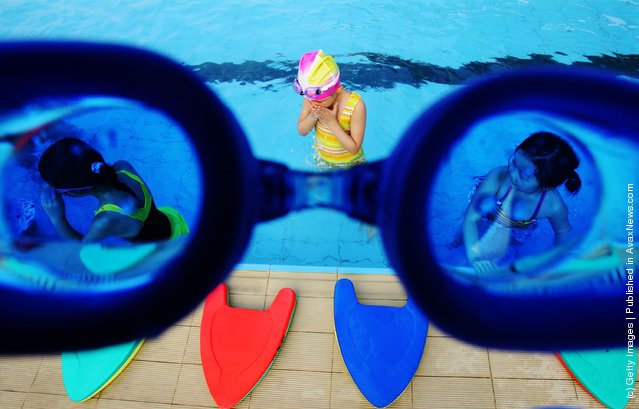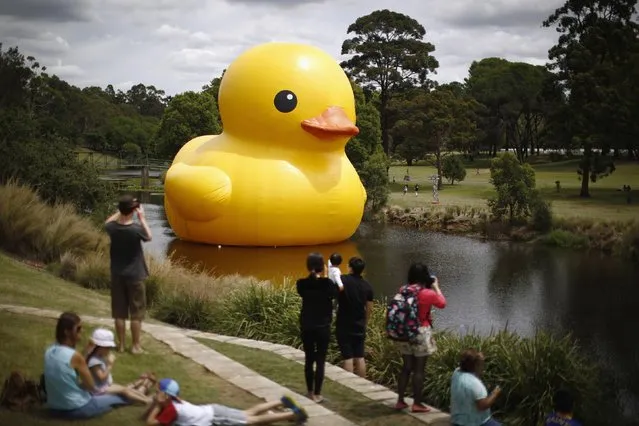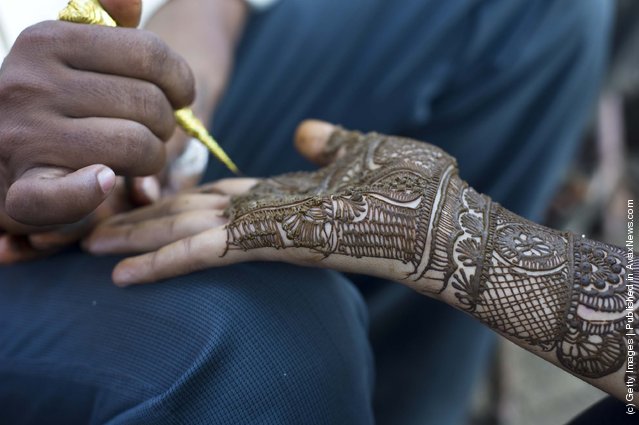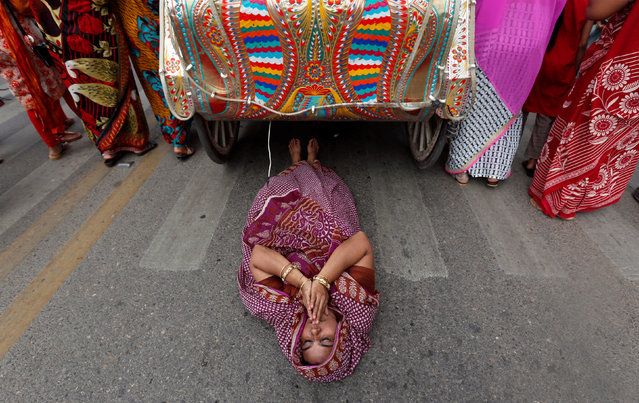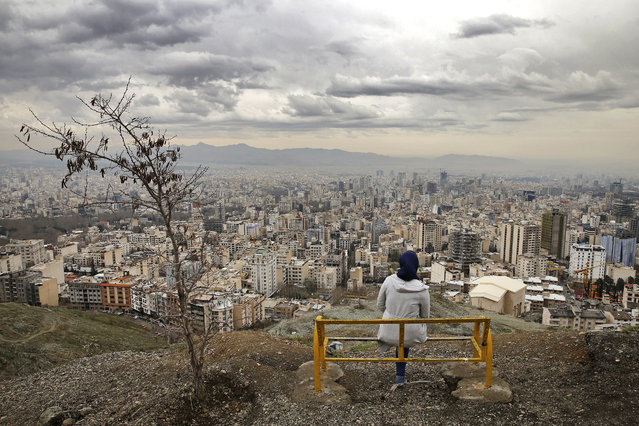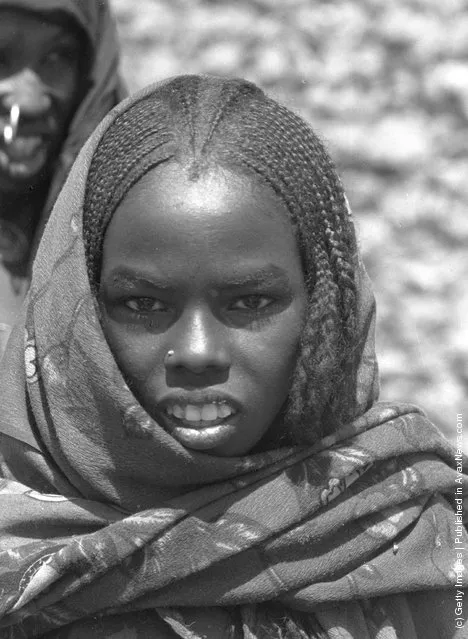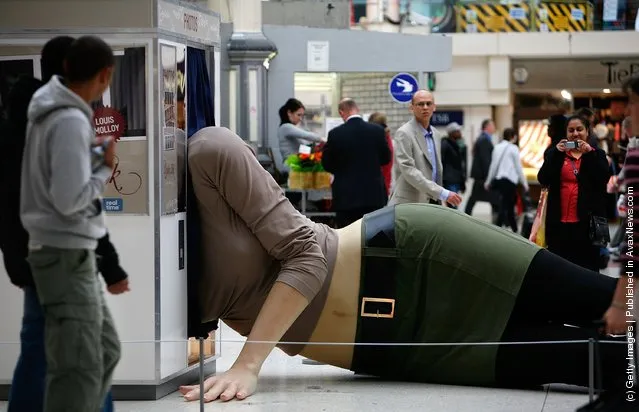
Travellers stop to take a second glance at a model of a giant lady with her head stuck in a photo booth being exhibited in Victoria train station on September 21, 2007 in London, England. (Photo by Cate Gillon/Getty Images)
08 Nov 2011 12:24:00,post received
0 comments

